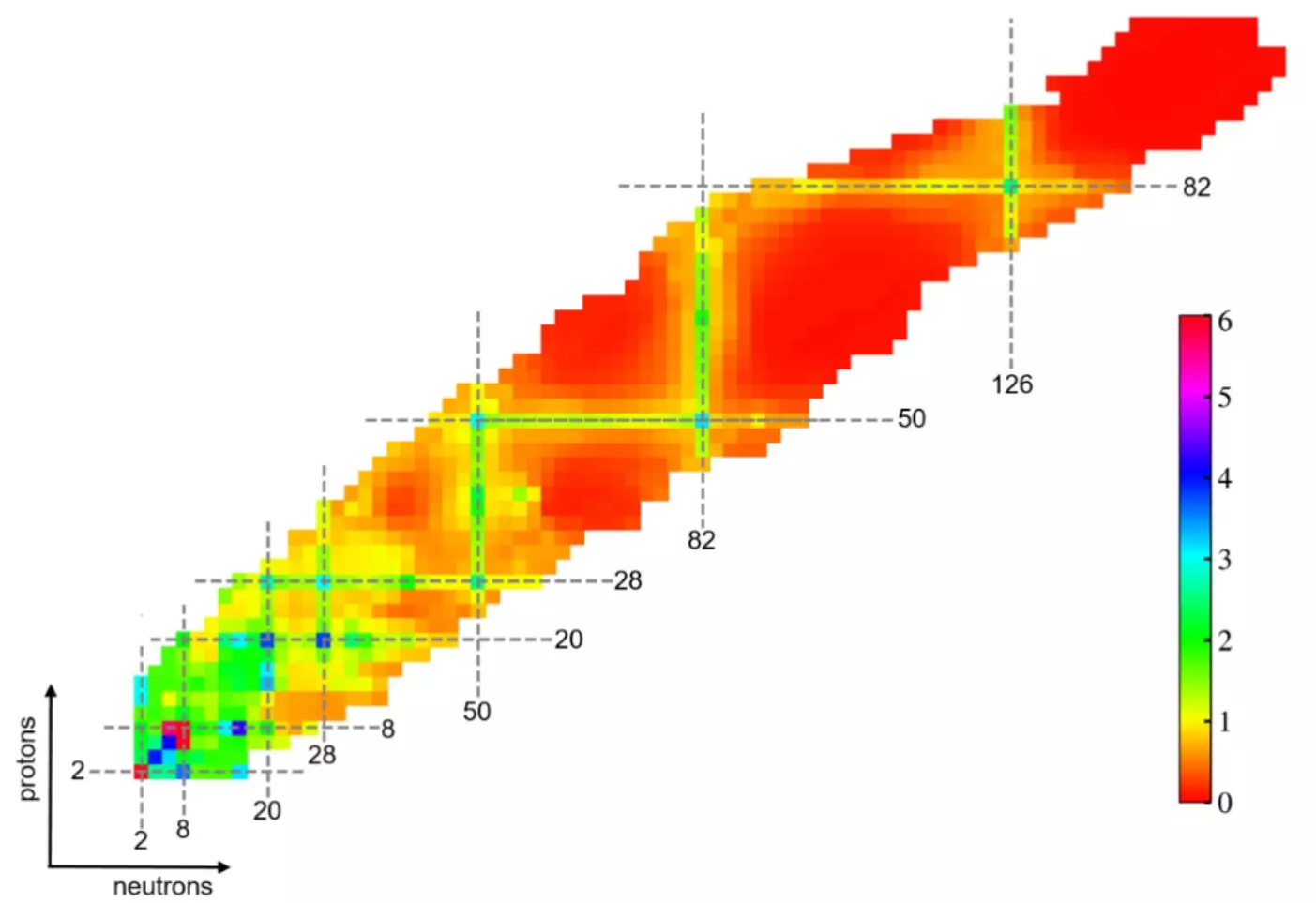The study of atomic nuclei has long captivated physicists, leading to profound discoveries about the composition and properties of matter. Among the fascinating features of nuclei are their “magic numbers,” specific quantities of protons and neutrons that result in particularly stable structures. These magic numbers—2, 8, 20, 28, 50, 82, and 126—first identified in the 1930s, serve as markers of nuclear shell structure. However, recent insights suggest that these numbers may not be as fixed as once believed, particularly in nuclei that lie far from the “stability valley.”
A collaborative research effort led by institutions such as the Institute of Modern Physics (IMP) in China and Huzhou University has employed cutting-edge machine learning techniques to delve into the complexities of nuclear shell structure. Published in *Physics Letters B*, this study highlights the intriguing cases of tin-100 and oxygen-28 nuclei. The findings reveal that while tin-100 retains its magic number of 50, oxygen-28 experiences the significant transition of losing its traditional magic number of 20. Such revelations not only challenge existing models but also signal a deeper inquiry into the nature of nuclear stability and the conditions that govern it.
Machine learning—a tool increasingly utilized across diverse scientific fields—has proven especially potent in nuclear physics. By analyzing experimental data related to nuclear properties—the energy levels of excited states and their transition probabilities—researchers have made substantial advancements. The application of modern algorithms enabled these scientists to closely replicate experimental results, achieving accuracy that surpassed traditional nuclear models. This high level of precision underscores the innovative potential of machine learning in enhancing our understanding of nuclear behavior.
The implications of the study are significant, suggesting that the identification of magic numbers may need to be reconsidered, especially as researchers explore nuclei much farther from stability. The disappearance of magic number 20 in oxygen-28 not only questions the established framework but opens avenues to investigate what new magic numbers may arise. According to Lyu Bingfeng, an associate professor at IMP, understanding whether traditional magic numbers endure in extreme nuclear environments is crucial, potentially paving the way for novel physics phenomena associated with nuclear instability and structure.
The researchers also emphasize the utility of their findings in guiding future experiments, especially in the field of rare isotopes. Facilities such as the High Intensity Heavy-Ion Accelerator Facility in China are positioned to leverage these insights for experimental validations. By measuring low-lying excited energies and electromagnetic transition properties, scientists can refine existing theoretical models further and enhance the predictive power of machine learning methodologies.
This research represents a crucial step in uncovering the intricate details of nuclear physics and the properties of atomic nuclei. The study’s findings challenge traditional notions of nuclear stability and provide compelling evidence for the use of machine learning techniques in performing state-of-the-art analyses of complex nuclear properties. The ongoing evolution of our understanding of nuclear shell structure promises to yield new insights that may reshape fundamental theories in physics, fostering a deeper comprehension of the forces that govern atomic behavior and stability. As research progresses, the potential for discovering new magic numbers and further unraveling nuclear complexities beckons, offering a thrilling landscape for both experimental and theoretical physicists alike.


Leave a Reply